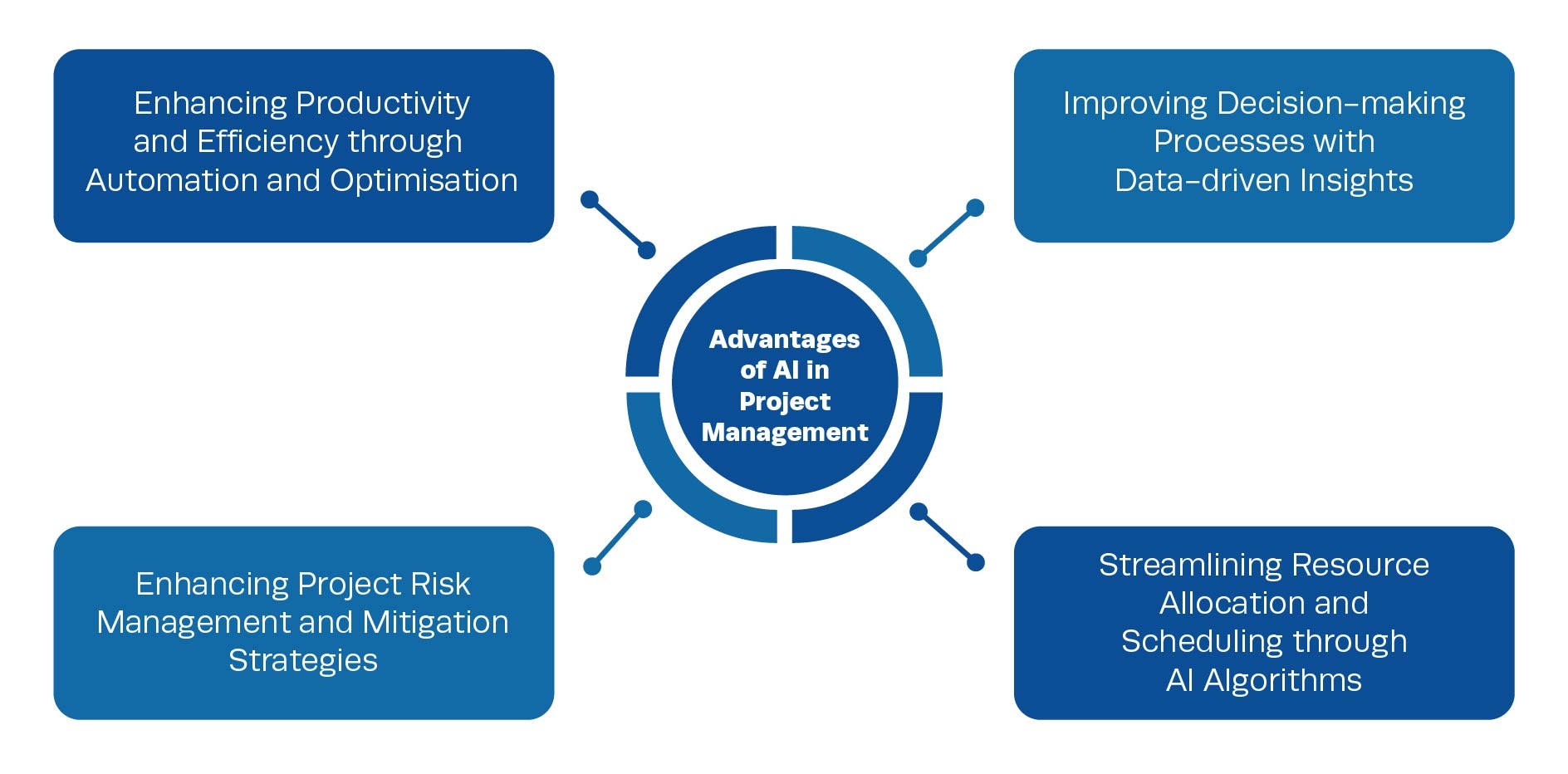Mathematical optimization, also known as mathematical programming, is a powerful tool that has revolutionized the way businesses operate in the retail sector and supply chain. It has become increasingly critical for companies to remain competitive and profitable in today’s complex logistics environment. Mathematical optimization models can provide valuable insights into a wide range of optimization challenges and help companies make informed decisions. When combined with IBM’s CPLEX, businesses can achieve accurate and efficient solutions to their optimization problems, leading to significant cost savings and increased efficiency. In this blog, we will explore several optimization use cases in the retail sector and supply chain, and how IBM’s CPLEX software has helped businesses achieve their optimization goals.

1. Optimizing inventory management with CPLEX
Optimizing inventory management is crucial for retailers as it helps to minimize carrying costs while ensuring the products are available to customers when they need them. By using CPLEX, businesses can create optimization models that factor in different variables such as demand variability, lead times, and supplier reliability. These models provide insights into the optimal inventory levels that can be maintained for each product, leading to improved inventory management and significant cost savings.
CPLEX provides a range of tools and techniques that help retailers to optimize inventory management. For instance, it can help to identify which products need to be restocked more frequently and which products can be maintained at lower inventory levels. It can also help to identify which suppliers offer the most reliable and cost-effective service. By incorporating this information into their inventory management strategies, retailers can minimize stock-outs, reduce carrying costs, and ensure customer satisfaction.

2. Optimizing supply chain planning with CPLEX
Supply chain planning is a complex task that involves optimizing different variables such as the number and location of warehouses, the transportation routes, and the modes of transportation. By using CPLEX, businesses can create optimization models that factor in various variables such as demand variability, transportation costs, lead times, and carbon emissions. These models provide insights into the most efficient and cost-effective supply chain planning strategies.
CPLEX can help businesses to determine the optimal number and location of warehouses, which can help to reduce transportation costs and improve delivery times. It can also help to identify the most efficient transportation routes for each shipment, taking into account factors such as lead times and transportation costs. By optimizing supply chain planning, businesses can increase efficiency, reduce costs, and improve customer satisfaction.

3. Optimizing capacity planning with CPLEX
Capacity planning is a critical aspect of manufacturing and production operations. By using CPLEX, businesses can create optimization models that factor in different variables such as production costs, demand variability, and machine utilization. These models provide insights into the optimal production schedules, production capacities, and product mix.
CPLEX can help businesses to determine the optimal mix of products to produce, which can help to maximize profitability and minimize waste. It can also help to identify the most efficient production schedules, which can help to reduce downtime and increase productivity. By optimizing capacity planning, businesses can increase efficiency, reduce costs, and improve customer satisfaction.

4. Optimizing routing and scheduling with CPLEX
Routing and scheduling are essential for ensuring timely and efficient deliveries to customers. By using CPLEX, businesses can create optimization models that factor in different variables such as transportation costs, lead times, and carbon emissions. These models provide insights into the optimal routing and scheduling for each shipment.
CPLEX can help businesses to determine the most efficient transportation routes for each shipment, which can help to reduce transportation costs and improve delivery times. It can also help to optimize the scheduling of shipments, which can help to reduce downtime and increase productivity. By optimizing routing and scheduling, businesses can increase efficiency, reduce costs, and improve customer satisfaction.

5. Optimizing labor scheduling with CPLEX
Labor scheduling is critical to meeting customer demand while minimizing labor costs. By using CPLEX, businesses can create optimization models that factor in different variables such as customer demand, labor laws, and employee preferences. These models provide insights into the optimal staffing levels and schedules for each location.
CPLEX can help businesses to determine the optimal staffing levels and schedules for each location, which can help to minimize labor costs and ensure adequate staffing levels to meet customer demand. It can also help to identify the most efficient labor scheduling strategies, which can help to minimize downtime and increase productivity. By optimizing labor scheduling, businesses can increase efficiency, reduce costs, and improve customer satisfaction.

6. Optimizing pricing strategies with CPLEX
Retailers must set prices that are competitive and profitable. Setting prices too high can lead to decreased sales volume, while setting them too low can lead to decreased profit margins. Optimizing pricing strategies is crucial for retailers as it can have a significant impact on sales volume and profitability. Thus, finding the optimal price for each product is a delicate balance that requires a comprehensive analysis of various factors. Optimization models can analyze market data, customer behavior, and product costs to determine the optimal prices for each product, taking into account factors such as sales volume and profit margin.
CPLEX is a powerful tool for optimizing pricing strategies as it can efficiently solve complex pricing models. It can take into account various factors, such as demand elasticity, cost structures, and product differentiation, to determine the optimal price for each product. CPLEX’s algorithms and heuristics can handle complex pricing models, including dynamic pricing models that adjust prices in real-time based on market conditions. By using CPLEX to optimize pricing strategies, retailers can increase profitability and gain a competitive edge in the market. They can set prices that are not only competitive but also take into account factors such as sales volume and profit margins. This can lead to increased sales volume, higher profit margins, and improved customer loyalty, resulting in long-term success in the retail industry.
In conclusion, mathematical optimization has revolutionized the way businesses operate in the retail sector and supply chain. With the help of IBM’s CPLEX, businesses can tackle complex optimization problems with ease, resulting in significant cost savings and increased efficiency. IBM’s CPLEX is a powerful tool that can efficiently solve complex optimization problems in the retail sector and supply chain. CPLEX’s superior performance compared to its competitors has made it the tool of choice for many companies. Its advanced algorithms and heuristics can solve complex mathematical optimization problems with ease, providing valuable insights into optimal solutions. Additionally, CPLEX’s user-friendly interface and integration with other software tools make it a powerful solution for businesses of all sizes. From inventory management to pricing optimization, CPLEX can provide valuable insights and solutions to a wide range of optimization challenges. As more businesses adopt optimization models, we can expect to see more success in the retail industry.











